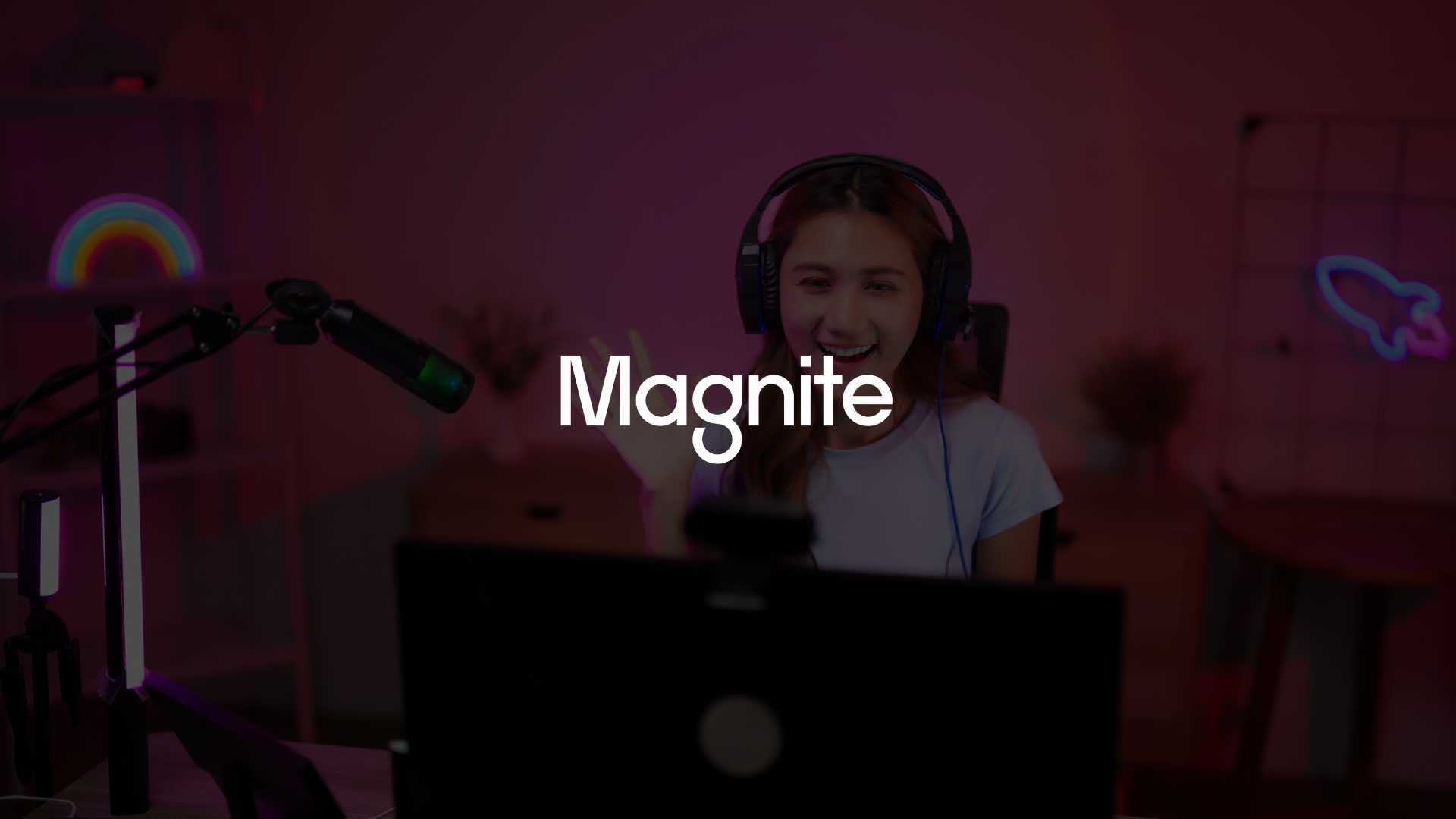Family-friendly programming just got a new heavyweight champion in its corner. Family Entertainment Television (FETV), the company behind the classic-TV-focused networks FETV and FMC, has handed DIRECTV Advertising full control of its national commercial inventory. The exclusive ad-sales partnership begins December 29, 2025, marking a notable shift in how these nostalgia-driven channels will engage the ad marketplace.
For two networks rooted in brand-safe, broadly appealing content, teaming with a major distributor like DIRECTV gives them something they’ve historically lacked: premium-scale ad sales infrastructure with modern targeting and operational power.
In a media ecosystem where brand safety, reach, and reliability are suddenly back on every planner’s priority list, this partnership feels right on trend.
A Strategic Move to Expand Visibility and Value
Under the agreement, DIRECTV Advertising will represent both networks across their entire U.S. footprint—on DIRECTV systems and other national TV providers. In practice, that means one of the largest TV distributors in the country will now advocate for the networks’ audiences, inventory, and programming slate in front of major advertisers.
Drew Sumrall, President and CEO of Family Entertainment Television, frames the partnership as a growth accelerator, calling it “an exciting new chapter” that will let FETV and FMC focus on what they do best: delivering family-forward entertainment.
DIRECTV, meanwhile, gains two networks that embody the kind of trusted, brand-safe environments advertisers increasingly demand. As Chief Advertising Sales Officer Amy Leifer puts it, FETV and FMC offer “quality, family-friendly entertainment and engaged audiences”—a value proposition that stands out in a fragmented, sometimes chaotic TV marketplace.
Why This Deal Matters in Today’s Ad Landscape
Ad buyers have been loudly and consistently asking for three things:
brand safety, predictable environments, and reliable audience behavior.
FETV and FMC check all three boxes.
At a time when streaming platforms juggle churn, evolving measurement, and fluctuating ad loads, linear networks that deliver stable viewership—especially around nostalgia-driven content—offer refreshing clarity for marketers. Pairing that predictability with DIRECTV’s sales muscle means advertisers will see more polished packages, better targeting, and cleaner routes to the inventory.
This also gives DIRECTV another foothold in the family-friendly category, a space long underserved by premium ad sellers, despite its steady demand.
FETV: Classic TV That Still Commands Attention
FETV isn’t a small niche experiment. According to Nielsen, it ranks among the top 40 ad-supported cable networks in primetime, thanks to its lineup of classic TV staples like Perry Mason, The Jeffersons, Emergency!, Leave It to Beaver, and The Munsters.
More importantly, every episode airs uncut and in its original format—a detail that resonates with dedicated fans and keeps engagement high.
For advertisers, that means predictable tune-in habits and remarkably loyal viewership patterns, something much harder to guarantee on modern streaming platforms.
FMC: Family Classics in Constant Rotation
FMC takes a different but complementary approach: a curated collection of vintage films rotated monthly. Its November slate includes the “Silver Bells and Silver Screens” holiday special, spotlighting classics like Miracle on 34th Street (1947), Christmas in Connecticut (1945), and Meet Me in St. Louis (1944).
The network’s approach feels almost countercultural in an era of algorithmic chaos—simple, familiar, and safe. That makes FMC a prime candidate for advertisers looking to align with warm, multigenerational viewing moments.
The Market Implications: Stability Meets Scale
The FETV–DIRECTV deal fits into a broader shift toward rediscovering linear TV’s strengths—especially its ability to deliver consistent reach without the viewability problems, measurement gaps, or brand safety scares that plague certain digital channels.
What advertisers gain:
- A unified national sales approach across both networks
- Improved packaging and pricing leverage via DIRECTV’s scale
- Brand-safe, family-friendly environments at a time when many content platforms are riskier
- High-retention audiences who stick with predictable programming blocks
And what the networks gain:
- Access to premium buyers
- Better operational efficiency
- Stronger positioning in scatter and upfront markets
In a media world where “trusted inventory” has become a rare commodity, this collaboration gives marketers something refreshingly simple: reliable audiences, clean content, and one of the industry’s biggest distributors behind it.



